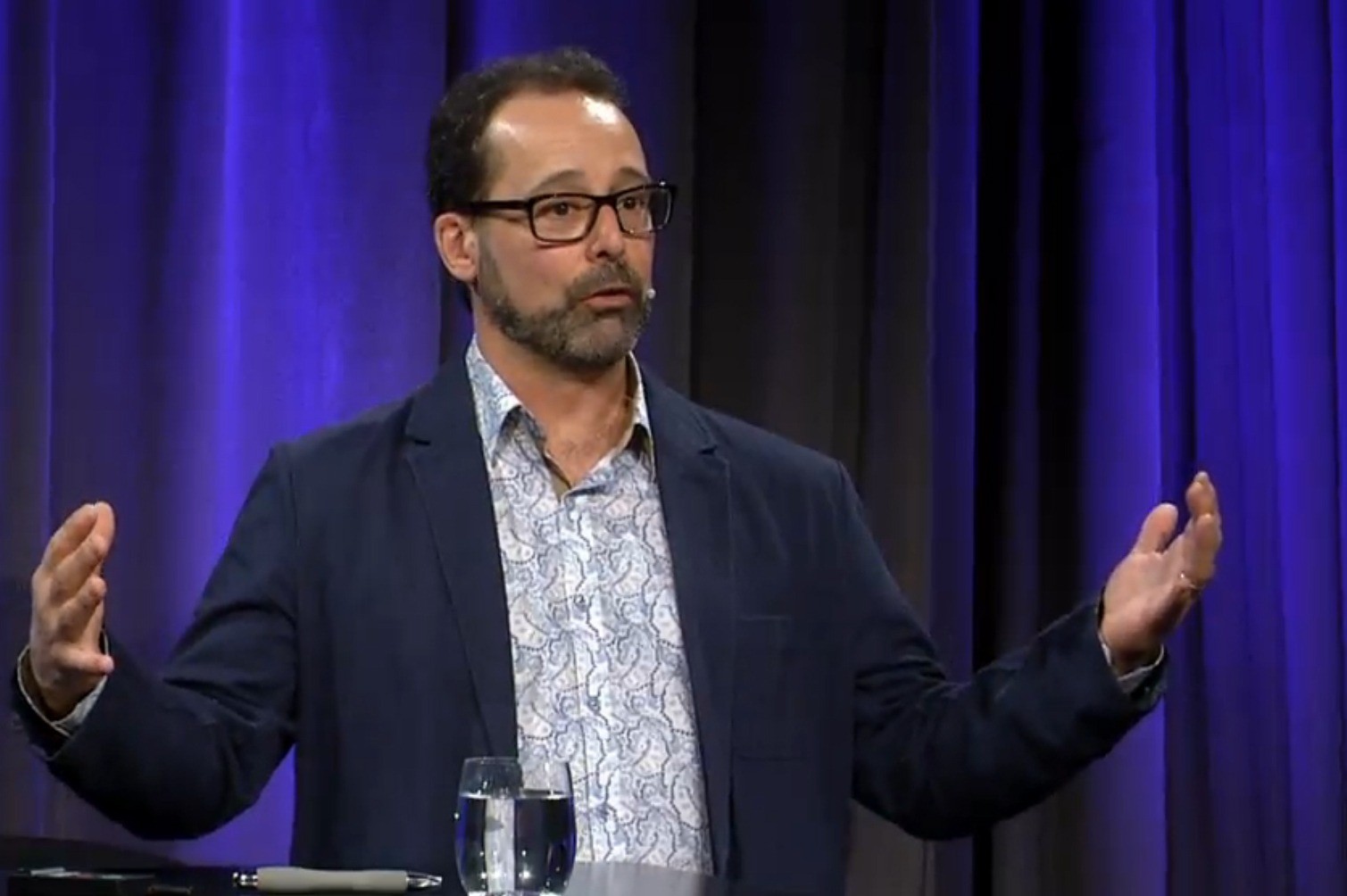Dr. Antonio Zadra, professor in the Department of Psychology at the Université de Montréal, has been interested in dreams for much of his adult life. He has been intrigued by how dreams are formed and whether or not any meaning can be derived from them.

Dr. Antonia Zadra
We don’t dream during all of our sleep. But throughout our lives, we can spend up to six years dreaming. We have all remembered bits and pieces of our dreams. And they often seem like strange collages of events that are vaguely familiar. The real question is whether or not dreams serve a purpose. Can we extract some meaning from what we experience during dreams? Dr. Zadra has analyzed thousands of dreams in his career. Through this analysis, he gains an accurate psychological profile of his research subjects.
In one study, Dr. Zadra gathered a group of 100 dreamers. The study revealed that women have more nightmares than men. Additionally, men and women dream of different things. Women tend to dream about relationships, and men tend to dream about catastrophes. Dreams also provide us with a picture of our psychological state.
Dr. Zadra says the more negative interactions and distress you have in your dreams, the more unhappy and depressed you may be. He underlines how dreams are much more than what they appear to be.
At first glance, a dream might seem like a nonsensical string of actions vaguely associated with memories. Dr. Zadra points out that there is a continuation between what people experience in their waking life and what they experience in their dreams. Through dream analysis, Dr. Zadra can understand a person’s psychological well-being. He asks participants to write down their dreams for up to eight weeks. He then reads over the nightly dream journal entries and quickly gains a precise psychological profile of that person.

Dr. Robert Stickgold
In a similar light, Dr. Robert Stickgold, Ph.D. and Associate Professor of Psychiatry at the Harvard Medical School believes that when we sleep, we understand what the events of our day mean.
The neocortex becomes highly active when we dream. Dr. Stickgold thinks that the memories we have accumulated and stored in the hippocampus during the day flow to the neocortex when we dream. It is in the neocortex that they are associated with other memories. During the dream state, the neocortex tells the hippocampus what is essential and what isn’t. This process happens during the first REM cycle of sleep. During REM sleep, the neocortex also determines how all the memories fit together. During REM sleep, the brain figures out what all the day’s events mean and then finds similarities between the memories. This process is a classification of memories and will aid in striking up emotional reactions when faced with decisions.
Stickgold conducted an experiment in which participants were trained to go through an adult-sized maze. After coming out of the maze, half of the participants were allowed to nap, while the other half stayed awake. The participants who had napped before going through the maze a second time found the exit more quickly. This test demonstrates that dreaming during REM sleep organizes memories to give them meaning. This helps us make the best possible decision in any given situation.
There was an unexpected outcome in this experiment. The people who napped and dreamt about the maze could find the exit 10 times more quickly.
It is as if the purpose of dreams is to make sense of conscious life. The process is much like what you would see when observing a film editor. The film editor’s screen looks like a jumbled mess to an outsider. He runs through bits of B roll and associates it with the narrative. He takes close-ups and long shots of the characters and pastes them together to form a story. If the film editor is experienced, the process is quick and hard to understand, especially for someone who knows nothing about the video editing process. The result is a video that tells a story and sparks emotions.
Through the Stickgold maze experiment, as well as the dream analysis of Dr. Antonio Zadra, we can gain an understanding of the purpose of dreams. On the one hand, they can reveal our psychological profile through dream analysis; on the other hand, they help solidify our memories. This helps us maximize our cognitive and physical performance during the day.
So, put that device away tonight and calm your mind with an activity like reading, playing music, or meditation. Set the stage for lucid dreaming with a calming activity in warm lighting. Sweet dreams!

















